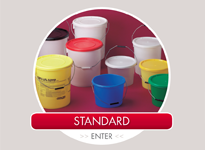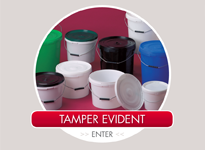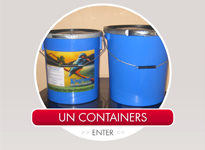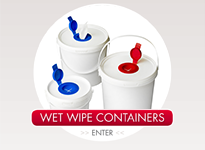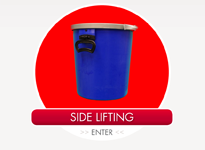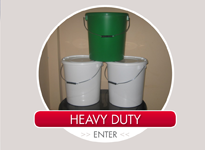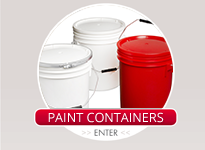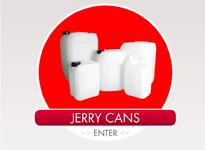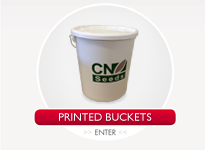

What is food grade plastic and how does it differ to other plastics?
August 25, 2016 at 2:32 PM
It’s on our desks, in our cars and even in our fridges. The explosion in plastic food packaging has almost escaped notice, but it is everywhere.
Even foods that have evolved layers of protection over the years, like bananas and watermelons will often come wrapped in a thin piece of plastic packaging to help make sure it ends up on our plates in perfect condition.
This, somewhat understandably, has caused a lot of concern, particularly in the media.
Some of this concern has condensed into a kind of modern old wives tale about how we should use and handle plastic – particularly where food is concerned. How many times have you heard that you shouldn’t microwave plastic, for example?
A Harvard study on this issue found that there was some truth behind the warnings about microwaving plastic, but there was a lot of misinformation as well.
One thing the study stressed is that there are lots of different plastics – that should all be treated individually.
All plastic comes from the same basic source, but the manufacturing processes at each stage of production lead to quite different products being formed. The plastic that makes our chewing gum containers and water bottles varies quite significantly from the plastic that is used to manufacture computer screen housings.
Plastic that is used to store food and drink for human consumption is manufactured to a much higher standard than other plastics. This is food grade plastic.
Food agencies require that food grade plastics do not contain dyes or other recycled parts that could be harmful to humans. Not all food grade plastic will omit recycled plastic completely, this is the subject of quite detailed legislation.
Food grade containers are also designed to match with a particular food type. Certain types of food, that are high in acidity or contain high levels of alcohol or fats can be problematic if they come into contact with certain types of plastic. Particularly if the plastic is then heated up.
Choosing a food grade container
The best way to get the right plastic container for your food means working with a trusted container supplier. Because certain plastics react differently with different uses, it pays to talk to an expert about what you will use the container for and what types of material will work best.
Container manufacturers like H&O Plastics are well placed to answer any lingering questions that you might have. Products that are advertised as food safe, or have food grade icons on the base of the bucket are good indicators if you cannot talk to the original manufacturer.
Add Pingback

